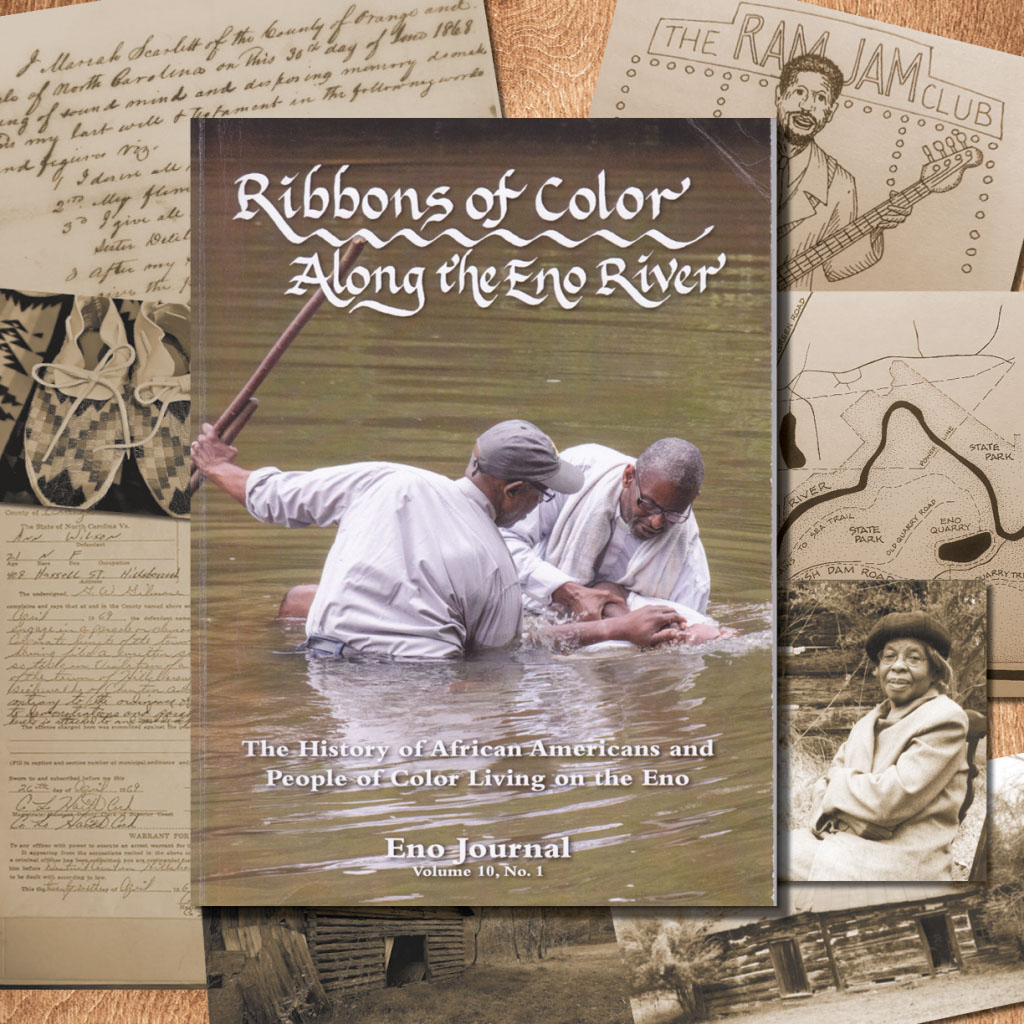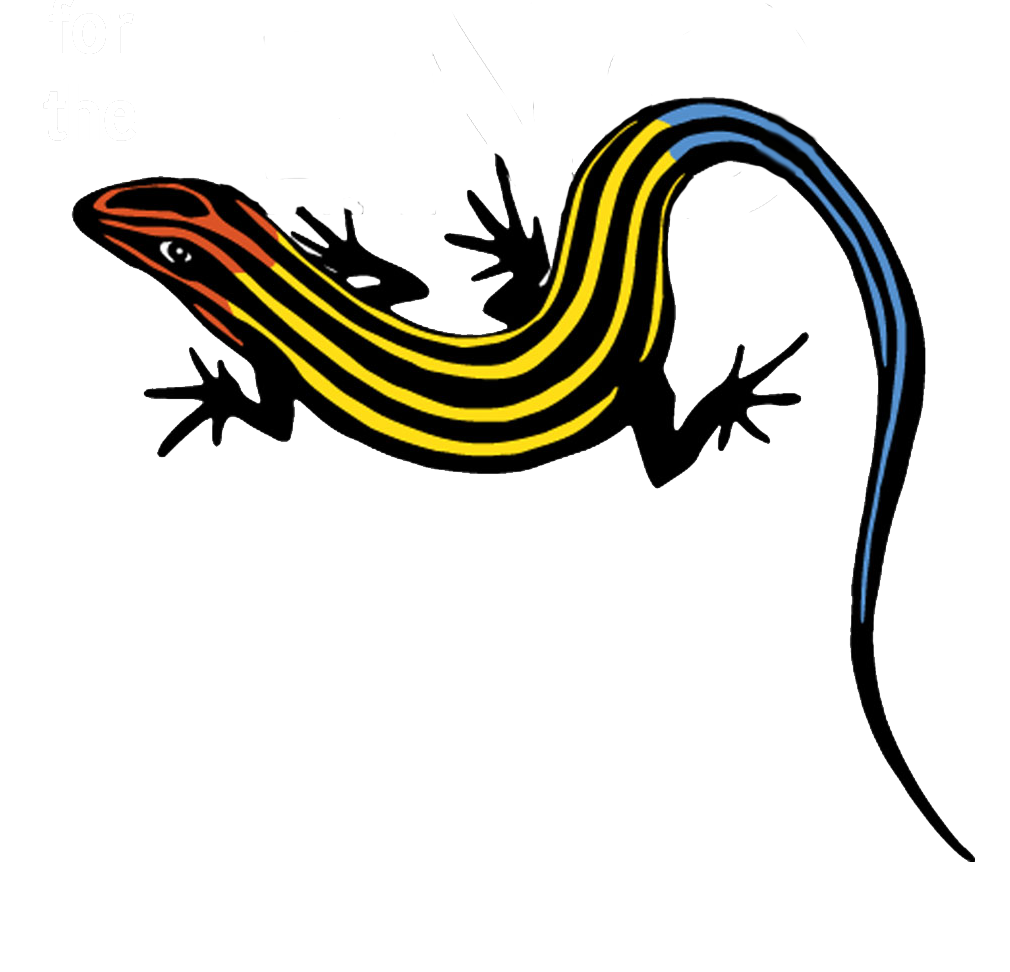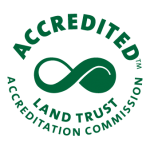
The Association provides platform for People of Color to share their Eno family history
The Eno River Association announces the revival of their Eno Journal, now available for purchase online and thru local retail shops. Ribbons of Color Along the Eno River: The History of African Americans and People of Color Living on the Eno contains first- and second-hand stories of those who have long lived in the Eno watershed.
This Eno Journal is the culmination of a two decades-long effort by the Association to discover, research, recruit writers, and publish this collection. “We are grateful to the descendants, record keepers, and historians in the Eno River community who preserved these memories and photographs” says Dave Cook, former Eno staffer and veteran volunteer on the project. READ MORE…


